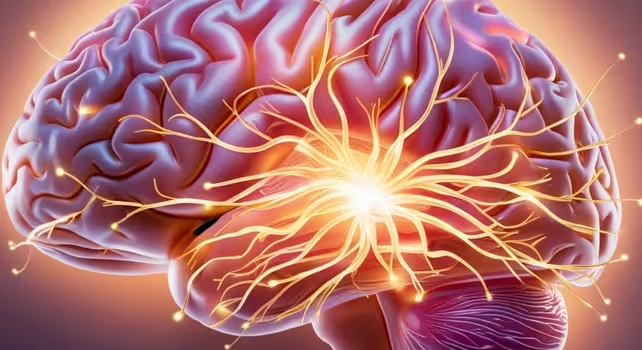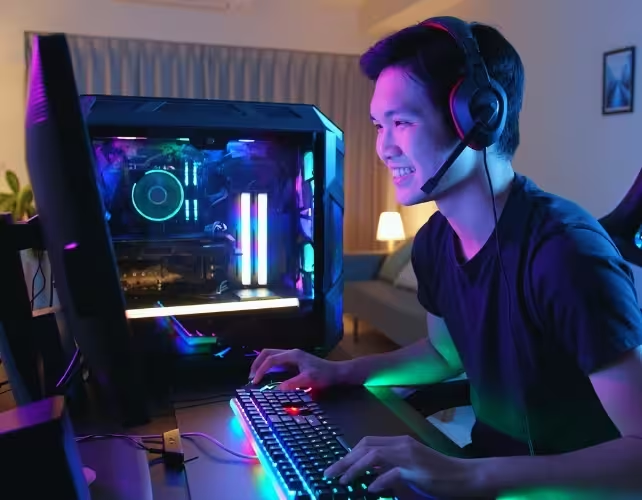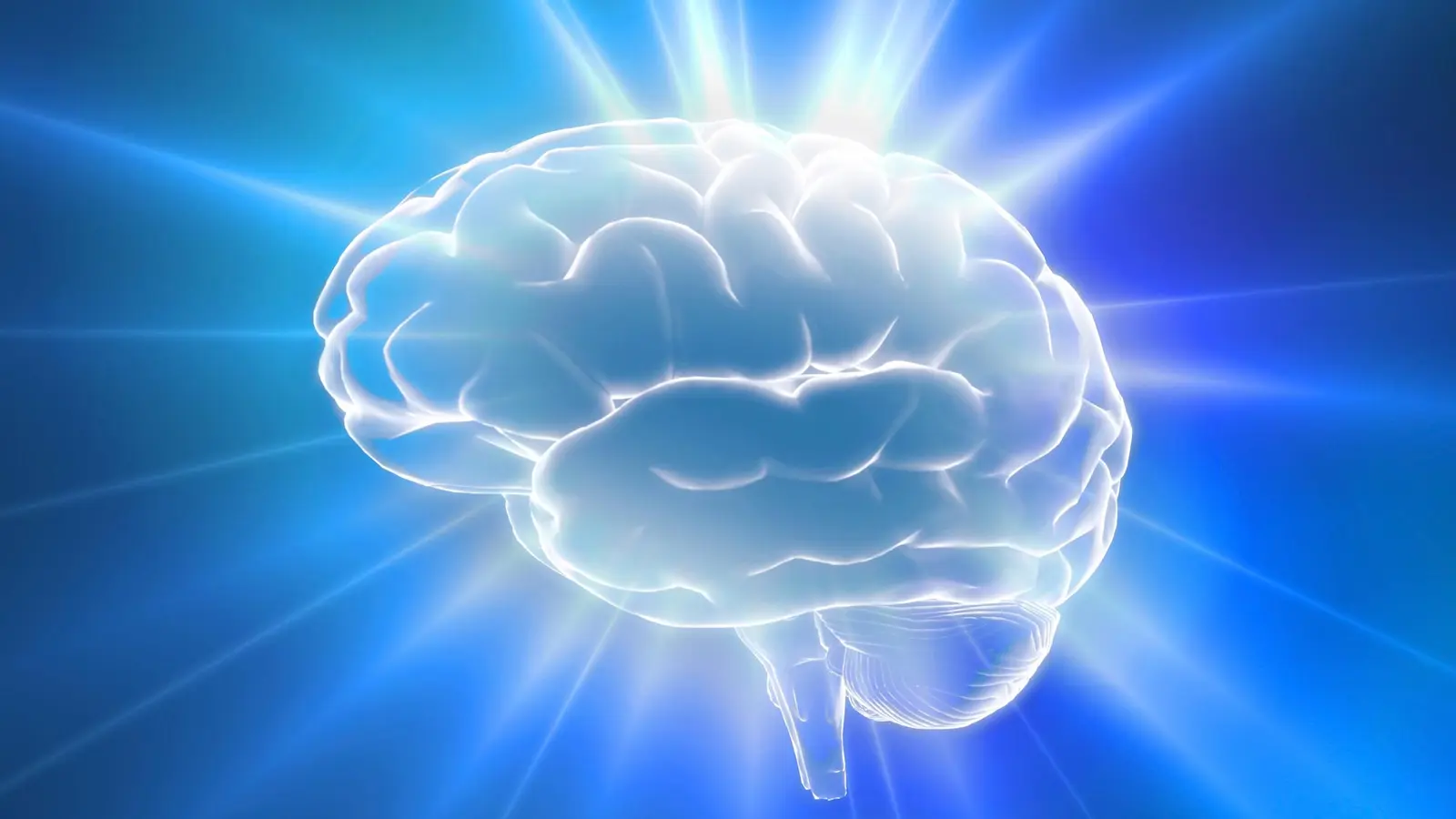6 Minutes
A multi-country study suggests that creative practice—from tango to painting to strategic gaming—can measurably slow brain ageing. Using brain "clocks" powered by machine learning and detailed biophysical simulations, researchers found that regular engagement with the arts and creative hobbies is linked to brains that look years younger than their owners' chronological age.
Why scientists are measuring a "brain clock"
Brain health goes beyond the absence of disease: it is the brain's capacity to think clearly, regulate emotions, and adapt to change over a lifetime. Biological brain ageing involves gradual alterations in structure, connectivity, and metabolism that can affect these capacities—but the rate and pattern of change vary widely between people.
To study that variation, researchers build machine learning models known as "brain clocks." These algorithms learn patterns from neuroimaging or electrophysiological data and estimate how old a brain appears biologically compared with a person's actual age. A younger predicted brain age suggests greater resilience, better network efficiency, or preserved connectivity—signs of healthier ageing.

Brain ageing includes changes in structure, connectivity, and metabolism.
How the international study tested creativity and brain age
The research team recruited nearly 1,400 participants across 13 countries, including expert tango dancers, musicians, visual artists and gamers, plus matched non-expert controls. The scientists recorded real-time brain activity using magnetoencephalography (MEG) and electroencephalography (EEG). These techniques capture millisecond-scale electrical and magnetic signals generated by neuronal populations—ideal for mapping how brain networks communicate during rest and task states.
Researchers trained machine learning brain clocks on these electrophysiological signatures to predict each person's brain age. If the predicted age was lower than the participant's chronological age, that brain was considered to be biologically younger. But machine learning can tell you that a pattern exists without explaining why. To probe mechanisms, the team also used biophysical, generative models—digital brains simulated with biologically grounded equations—to reproduce neural dynamics and test what network changes could produce younger-looking signals.
Short-term training experiment
To test causality, the study included a shorter intervention: non-experts trained for 30 hours on the strategy video game StarCraft II. The aim was to see whether even brief, focused creative learning can nudge the brain clock in a younger direction.
Key findings: creativity correlates with younger brain clocks
The results were consistent across creative domains. Expert tango dancers showed the largest effect, with brains appearing more than seven years younger than expected. Musicians and visual artists had predicted brain ages roughly five to six years younger, and gamers averaged about four years younger.

Gamers had brains four years younger, on average.
Importantly, the 30-hour gaming experiment produced measurable change: participants' brain clocks shifted backward by two to three years after training. The data also showed a dose–response relationship—the more time people spent practicing their craft, the stronger the reduction in predicted brain age.
Across disciplines, creativity seemed to preserve and enhance communication among brain regions involved in attention, learning, and cognitive control—areas that often show early age-related decline. In other words, creative practice appears to make the brain's networks more efficient and flexible, similar to upgrading and widening key highways that link cities in a country.
What the models reveal about mechanisms
Brain clocks identify when a brain looks younger, but the biophysical simulations point to why. When researchers recreated neural dynamics in generative models, they found that creative engagement could be explained by increased synaptic efficiency, enhanced network connectivity, and more balanced excitation-inhibition dynamics. These changes produce cleaner, more coherent signals in EEG/MEG—signals that brain clocks interpret as signs of youth.
Put simply: creativity seems to protect vulnerable circuits and improve communication speed and precision across networks that support learning and focused attention. That combination likely underpins the observed reversal in biological brain age.
Why this matters for public health and education
These findings reframe arts engagement and play as not only culturally and emotionally enriching, but also biologically meaningful. If creative activity delays brain ageing, then music lessons, dance classes, painting, and even strategic gaming could be scalable, low-cost tools to promote cognitive resilience across populations.
For ageing societies, this points toward inclusive interventions that support brain health across the lifespan. In schools, it strengthens arguments for keeping arts and creative learning in curricula. In clinical and community settings, it suggests complementary approaches that augment physical exercise and medical strategies with creative engagement aimed at maintaining network resilience.
Expert Insight
"What surprised me was how consistent the effect was across very different activities," says Dr. Maya Chen, a cognitive neuroscientist and science communicator. "Whether it's dance or strategy gaming, repeated, challenging creative practice recruits broad networks and forces the brain to adapt. That adaptation seems to leave a durable signature we can measure—it's neuroplasticity in action."
Dr. Chen adds, "This doesn't mean everyone needs to become an expert. Even short-term, targeted learning produced measurable benefits. The take-home is practical: keep learning, stay engaged in complex activities, and challenge your brain in creative ways."
Broader implications and next steps
While the study offers compelling evidence, questions remain. Longitudinal trials with larger, more diverse samples are needed to test long-term protective effects and whether creative training can slow or prevent clinically significant cognitive decline. Researchers also want to know which elements of creative practice—novelty, complexity, social interaction, motor learning—are most protective.
Technically, the combination of electrophysiological brain clocks and biophysical models is a notable advance. It pairs predictive AI with mechanistic simulations, giving both measurement and explanation. That hybrid approach could be applied to other lifestyle factors—exercise, sleep, diet—to map how daily habits sculpt brain biology.
For now, the message is encouraging: cultural pursuits are not just good for the soul—they are good for the brain. Your next dance class, painting session, or strategy match may do more than bring joy; it could help keep your neural networks younger for longer.
Source: sciencealert
Comments
mechbyte
Interesting but is EEG/MEG brain age really causal? 30 hrs gaming moved the clock 2-3 yrs, sounds big for short training, need longer followup
bioNix
Whoa, tango making brains 7 yrs younger?? That's wild! Makes me wanna sign up for lessons rn, lol. Hope it's not just selection bias tho


Leave a Comment